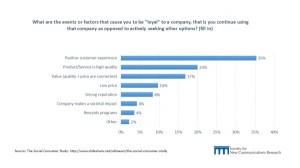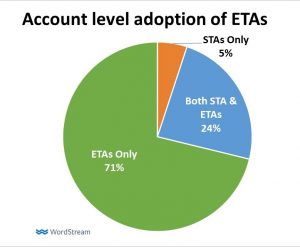
If you build a narrow figurative door to your organization, fewer people can get through. It may take more time, or a larger candidate pool, to find the right people for your open job positions. However, FurstPerson research shows that the applicants who successfully make it through a more selective hiring process are far more likely to remain with your organization, and perform at a higher level, than those whom you would have let in without such assessments.
Creating a talent acquisition strategy that provides both quality of hire and recruiting speed, though, doesn’t happen automatically. In order to have both, you must first build a process where assessments are woven into your recruiting strategy. Though this may initially slow down the pace of new hires, utilizing pre-hire assessments ultimately allows you to:
- Better analyze job profiles so that you can align competencies, training, and recruitment
- Create standard evaluation tools to measure those competencies
- Establish a hiring process that’s targeted to actual job performance
- Gain a deeper understanding of the quality of your talent funnel
- Assess how you’re doing against your hiring – and operating – goals
But how do you integrate assessments into your recruiting process, and what does successful integration look like?
The Data-Driven Recruitment Strategy
In a well-designed hiring process, teams should start by creating specific profiles of a job’s required competencies with the help of a guided, assessment-focused job analysis. Understanding the required competencies of a job also enables you to select the right outcome objectives for your pre-hire assessment. Once you select the assessment solution, you need to create a link between a candidate’s assessment score and his or her actual job performance.
This closed-loop validation process helps you identify the optimal pre-hire assessment profile. However, your candidate pool also plays an important part in determining just how selective you can be when deciding which qualities are absolutely necessary for the job.
When hiring in high volumes, it is imperative to ensure your process identifies candidates with the skills, knowledge, and abilities to succeed in the role. Keep in mind that the more candidates who pass your assessments, the more diluted your talent pool will become.
For instance, in Profile 1 of the chart below, using FurstPerson data, a higher percentage of passing candidates did not translate into better overall job performance. On the other hand, passing a lower percentage of candidates – in other words, making the assessment more selective and tailored to the job profile – improved future job performance results by 30% over the baseline.

While assessments may require a larger candidate pool, they ultimately increase job performance significantly and boost profitability in your business. Take a look at FurstPerson’s 7 Essential Elements of a Successful Recruiting Process to learn how you can work with your team to design a recruiting process that consistently wins you the best candidates.
Business & Finance Articles on Business 2 Community(39)








